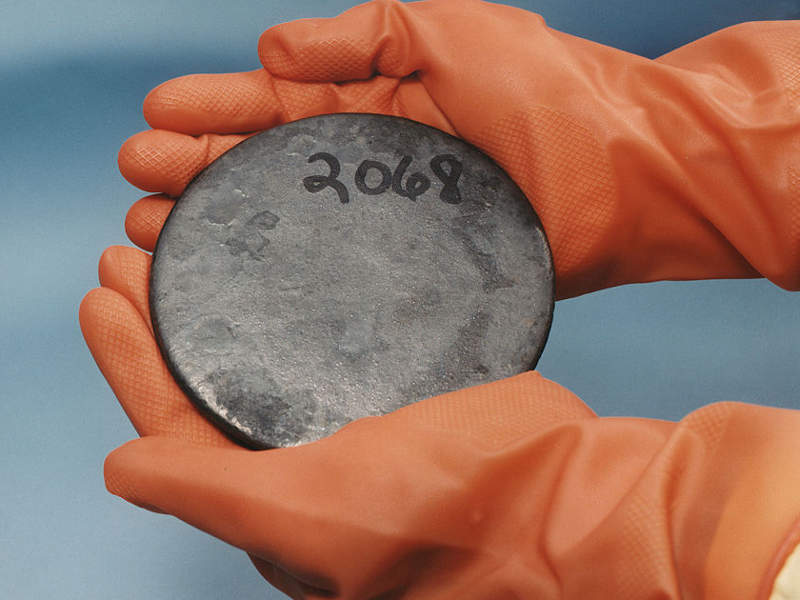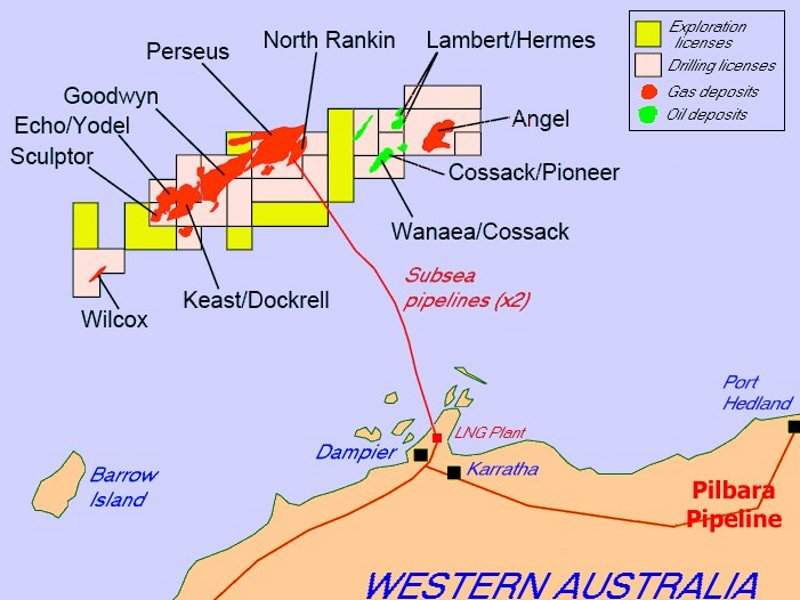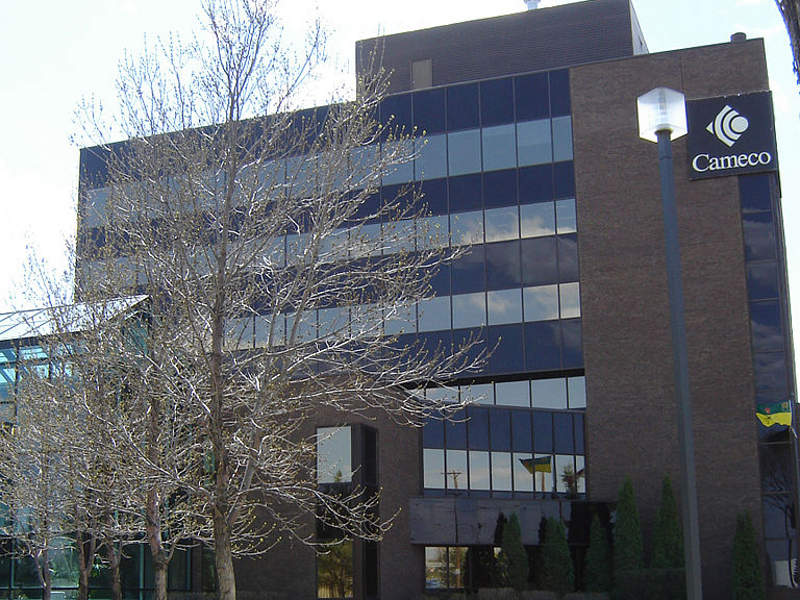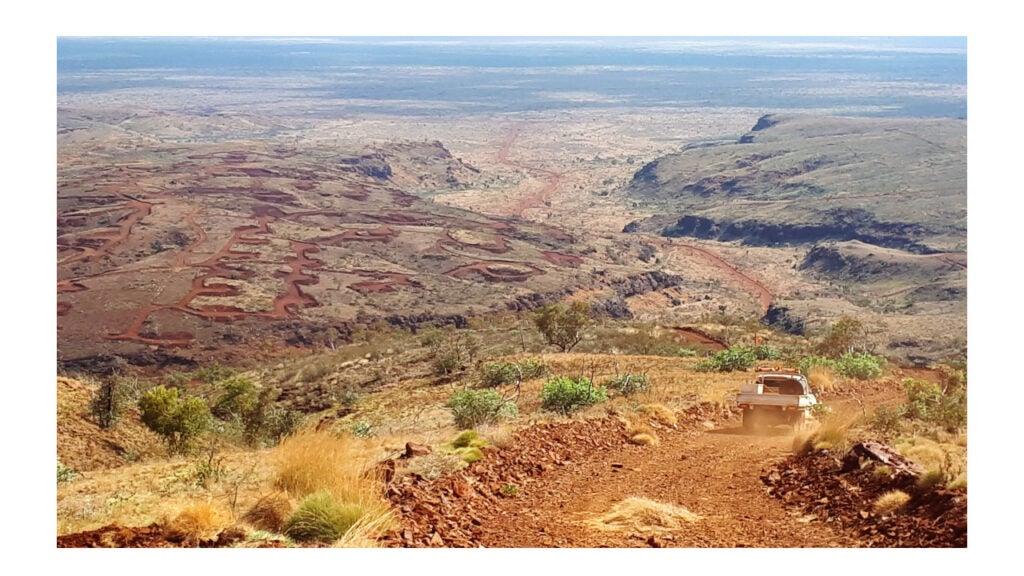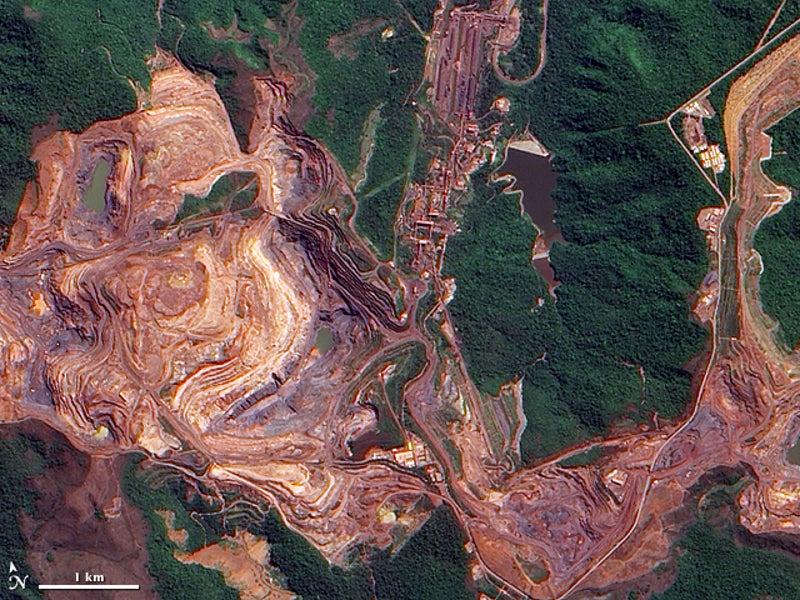Located 660km north-east of Perth in the Northern Goldfields region of Western Australia, the Yeelirrie Uranium mine is one of the biggest underdeveloped deposits in the country.
Mine owner and operator Cameco Australia intends to advance the project at a pace aligned with market conditions.
Cameco acquired the uranium project from BHP Billiton in 2012 for $430m. The property was originally owned by Western Mining Corporation (WMC), which conducted extensive exploration work since its discovery in 1972.
The Liberal National Government of Western Australia has granted environmental approval for the project in January 2017. On receiving further approval and necessary investments, the company would complete planning activities, including a definitive feasibility study (DFS) and detailed project design.
The mine is estimated to produce up to 7,500t or 16.5 million pounds (Mlb) of uranium oxide concentrate (UOC) a year. The estimated average production at the mine will be approximately 8,500Mlb of UOC for the first 15 years.
Geology and mineralisation
The Yeelirrie uranium deposit is located in the Northern Goldfields area, which consists of Archaean bedrock and forms the northern portion of the deposit. The Yeelirrie palaeochannel comprises calcrete bodies such as fractured rock, palaeochannel sand and alluvium, which contain the uranium mineralisation.
Mineralisation at the deposit occurs in the form of carnotite, a potassium uranyl vanadate that is found in the overburden and clay quartz units. In its richest form, it is present in the calcrete and transitional calcrete material. It normally exists in the fractures as a coating on surfaces and as a fine grained dispersion through the mineralised units. Approximately 90% of the ore is found in the clay-rich carbonated rocks of the transition zone.
Reserves and mine life
As of 31 December 2015, the Yeelirrie mine is estimated to contain total resources of 127.3Mlb of UOC, of which 92.4Mlbs are measured and the remaining 34.9Mlbs are indicated.
The mine will have an operational life of 22 years, including three years of pre-production followed by 12 years of mining and 15 years of processing. It will further have an estimated four-years decommissioning and rehabilitation period.
Mining and processing
Using conventional equipment such as excavators, front-end loaders and haul trucks, the open-pit mining method will be used to mine the deposit. Except for few hard rock areas of the mine, most of the ore will require minimal drilling and blasting due to the high-friability of the ore. The mining fleet will consist of up to six excavators, front-end loaders, 12 haul trucks, and scrapers.
The mined ore will be stockpiled before processing in the proposed metallurgical plant. The processing plant will treat the mined ore at a rate of 2.4Mtpa, producing up to 7,500t of UOC a year.
The plant will use alkali leach and direct precipitation methods to extract the UOC from the mineralised uranium ore. The process flow will include comminution through SAG milling, alkaline leaching, counter current decantation (CCD) and direct precipitation of UOC to produce final product of export.
The tailings produced during the processing will be returned to the tailings storage facility (TSF), which is to be built close to the open-pit.
Infrastructure at the Uranium deposit
The proposed development would require the construction and operation of infrastructure for mining and processing.
The site will see the development of pit dewatering system comprising trenches, sump drains and pumps for the provision of primary process water supply, a water supply wellfield, surface water diversion system and other infrastructure, including potable water and sewage treatment plants.
Electricity will be supplied through a power supply network of a series of either diesel or gas-fired generators on-site.
An accommodation village will be built roughly 20km east of the processing plant for accommodating up to 1,200 on-site personnel. Support buildings such as workshops, offices and warehouses will also be developed.
The project requires a quarry to supply approximately 500,000t of basic raw material. It will be located about 8km north of the processing plant.
The mine infrastructure includes ore processing facilities, stockpile and laydown areas, evaporation ponds, and water abstraction and reinjection facilities.
The project will utilise the existing infrastructure such as the road and rail network between Perth, Esperance, and Kalgoorlie-Boulder to import materials, facilities at port of Adelaide to export UOC, airport facilities, and other proposed bus services between Mount Keith and Yeelirrie for the movement of workforce.

